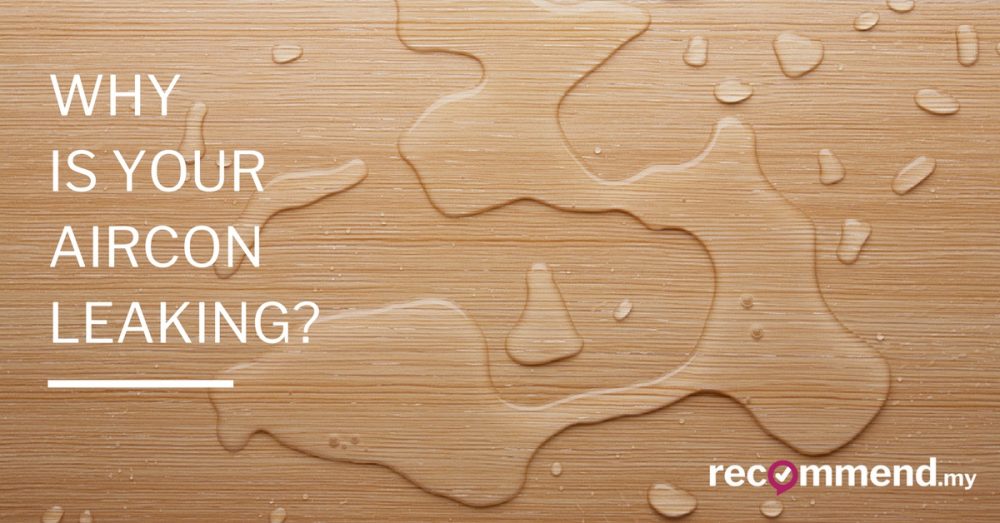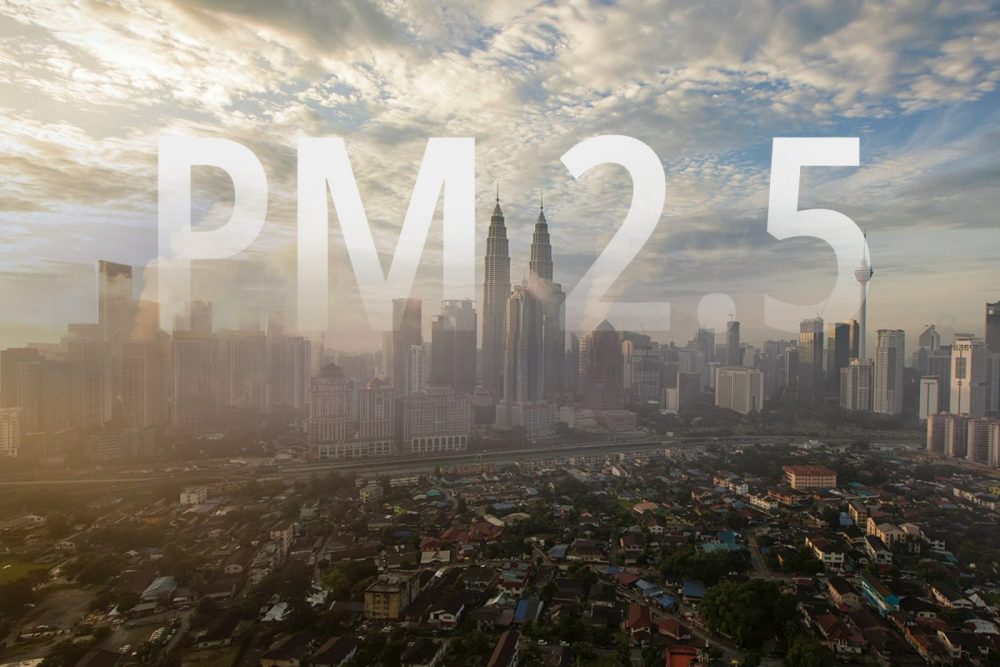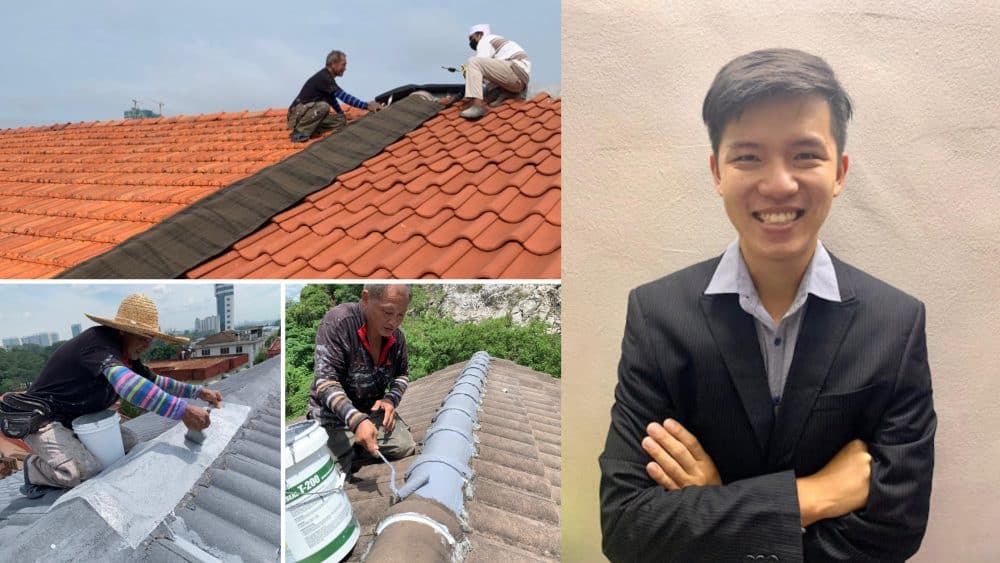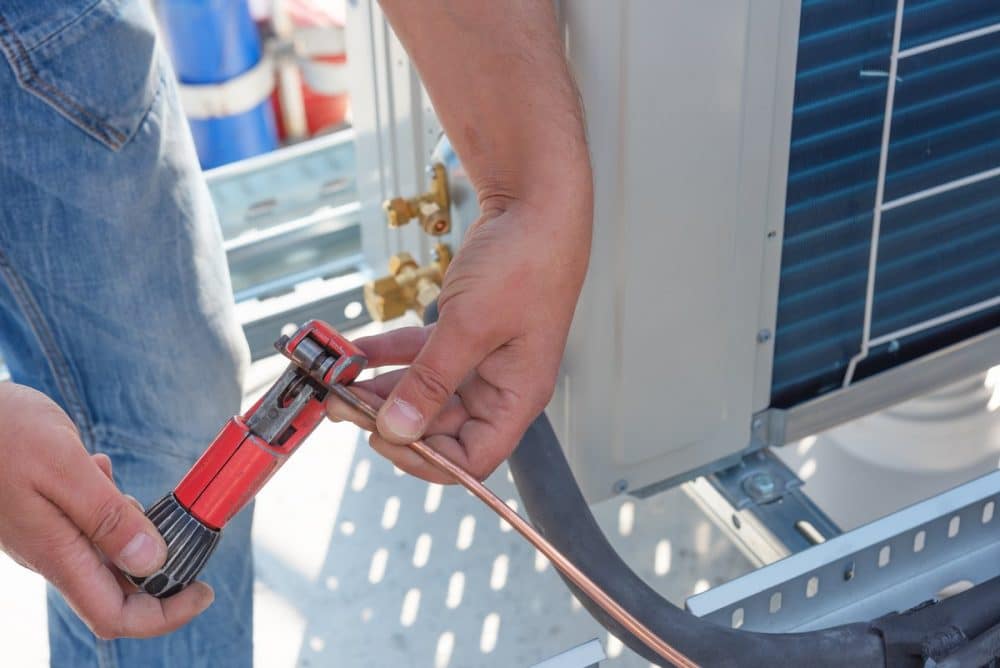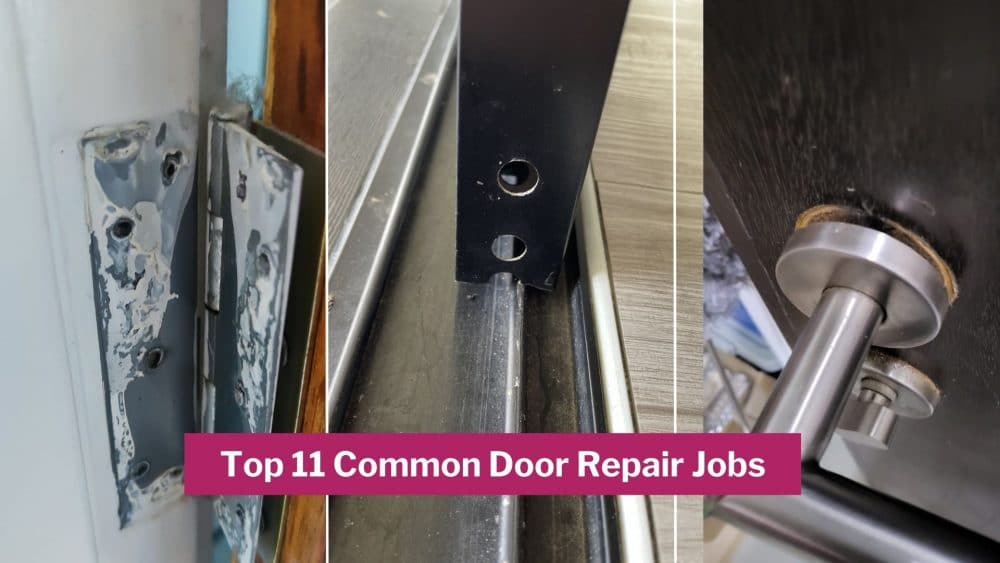With the economy and schools slowly opening back for states that are under PPN Phase 2, 3 and 4, many are still concerned if it is really safe to go back to the normal routine.
This is especially true for employees who are going back to the office, people who want to dine-in at the restaurants and for 30 students to be in classrooms that are fully air-conditioned.
In fact, the Deputy Education Minister recently advised schools to minimise the use of aircon and asked school administrators to prioritise in ensuring good air circulation and ventilation when the school resumes. This will decrease the viral load in the air and the risk of creating school clusters.
But, do air-conditioned rooms really increase the chances of COVID-19 infection? Let’s look at two outbreak incidents that happened back in 2020:
Case Study 1:
On January 24, 2020, 10 people from three families were involved in a cluster after they went for lunch at an air-conditioned restaurant in Guangzhou, China.
During the investigation, it was discovered that all 9 persons from the cluster spent between 53 to 73 minutes of overlapping time with the index case at the restaurant. The tables for the three families were next to each other at the restaurant.
The restaurant has five floors that were fully air-conditioned, and without any windows. The researcher concluded that in this outbreak, droplet transmission was prompted by air-conditioned airflow.
Case Study 2:
On March 17, 2020, a 43-year old man became an index case for a Covid-19 cluster in Ho Chi Minh City (HCMC) that infected 18 other patients after attending a party at a bar on March 14.
According to the report, the indoor areas were fully air-conditioned, with all doors closed, and without any mechanical ventilation system in place.
During the isolation period, 12 patients developed symptoms while the other six remained asymptomatic. It is also worth noting that only 12 of them had close contact with the index case at the party while the rest are their household members and co-workers.
The researcher then emphasized that persons in crowded indoor settings with poor ventilation may be considered to be at high risk for SARS-CoV-2 transmission.
Understanding how COVID-19 spreads
Initially, we were told by WHO that transmission of the Coronavirus can happen through droplets from the mouth of an infected person when the person coughs, sneezes, talks or breathes, and then the droplets in the air are being inhaled by, or be in direct contact with another person’s eyes and mouth. The droplet particles that carry the virus will linger in the air for some time within a short distance of one meter.
However, now it is evident that the Coronavirus is airborne too. Smaller aerosol particles that come from the mouth of an infected person can linger in the air for a much longer time and can travel further than one meter. It will easily spread in poorly ventilated and/or crowded indoor settings.
When the area doesn’t have any natural ventilation, the viruses in the air are trapped without having an escape route. This is why the authorities are stressing the importance of having good ventilation in all indoor areas like offices, restaurants, religious centres and schools.
How to improve ventilation in aircond rooms
In Malaysia, most offices, schools and dining establishments are air-conditioned. Residential homes are air-conditioned too, especially when working from home, or having private social gatherings.
If you will be spending more time in air-conditioned spaces, improving ventilation is a recommended way to reduce the chances of infection.
The US Environmental Protection Agency (EPA) provides guidelines on improving ventilation. The Malaysian Ministry of Health has also provided guidelines on improving ventilation in healthcare settings. Many of the principles can be applied to residential or commercial settings with air-conditioned rooms.
Here are the key points:
1. Open the window(s)
Let fresh air enter the indoor areas by opening up the windows or the sliding doors to create cross ventilation. Keep them open for as long as possible to let in more fresh air. By doing so, the chances for the virus to build up in the air will be reduced.
For rooms that only have openings on one wall (i.e. single-sided ventilation), fresh air comes in and stale air goes out the same side.

A better form of ventilation is when the openings are on adjacent or opposite walls. This allows for a pressure difference, and you feel a breeze passing through the room. If you like, you can even renovate your rooms to add more openings or windows for better cross-ventilation.

But, there are some limitations. The Malaysian Department of Occupational Safety and Health (DOSH) cautions against opening windows that are very near to your neighbours, to reduce the amount of shared air. And in high-rise apartments, look out for windows that open into the shared corridor or towards other units. Also, avoid hanging out on the balcony as they are usually in closer proximity to neighbouring units.
2. Switch on the fan
To improve air circulation, you need to switch on the fan too. If you have one portable (stand, floor or table fan), direct it in the same direction of the natural airflow. If there are several, you may use another fan to push the air outwards by facing it towards the window or door that you left open. However, do not direct the fan towards people who are sitting next to each other to avoid airborne transmission of the Coronavirus.


3. Invest in an air purifier
If you can’t increase ventilation, the next best thing is to invest in an air purifier. According to a document from the American Society of Heating, Refrigerating and Air-Conditioning Engineers (ASHRAE), a commonly used floor or stand-alone air purifier with a high efficiency particulate air (HEPA) filter would be effective at cleaning the air by removing contaminants and airborne particles. In fact, HEPA filters are used in MAS aircrafts.
4. Install an exhaust fan
A powerful exhaust fan adds mechanical ventilation to any area that has limited openings. It will draw out stale indoor air and reduce the risk of having the Coronavirus suspended in the air inside the closed area.
Having an exhaust fan installed in shared areas like the bathroom and pantry is a great idea. You may need to cut a large diameter hole in your wall, so it’s best to hire a renovation contractor to do the job.

So, can your aircon spread COVID-19?
Your chances of catching COVID-19 increase with viral load. That is, how long you are exposed to particles contains the virus, and its concentration. This can happen more quickly in air-conditioned rooms.
Therefore, to reduce the chances of exposure, make sure a room has good ventilation to keep fresh air coming in, and stale air going out. You can improve ventilation by opening windows, or installing mechanical ventilation such as exhaust fans.
But, ventilation is still not good enough if you are in close contact with an infected person. Existing guidelines such as wearing masks indoors, frequent hand-washing and safe distancing remain just as important.
In the end, it comes down to personal responsibility. Everyone should continue to follow SOPs, practice good hygiene and maintain social distancing. Stay safe, everyone! #ReopeningSafely




